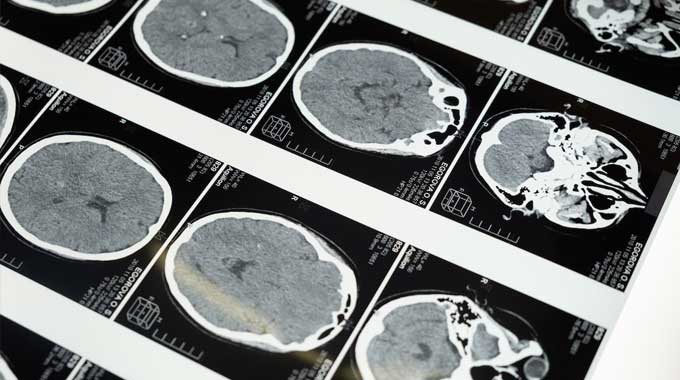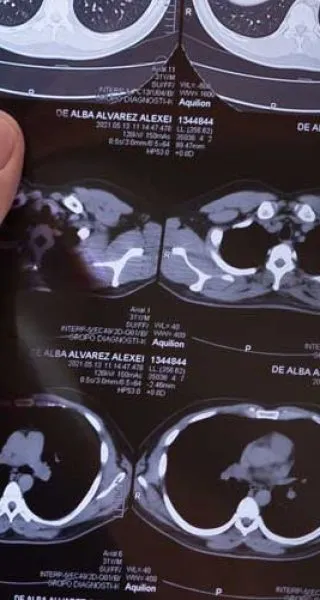Transcranial magnetic stimulation (TMS) and electroconvulsive therapy (ECT) are non-invasive brain stimulation therapies that may improve symptoms of treatment-resistant depression and other mental health conditions. While medics have used ECT for several decades, TMS is an innovative new treatment with life-changing potential.
- What Is Transcranial Magnetic Stimulation Tms Therapy
- How Does Tms Work
- What Are The Side Effects Of Transcranial Magnetic Stimulation Therapy
- What Is Electroconvulsive Therapy Ect
- What Are The Side Effects Of Electroconvulsive Therapy
- What Are The Similarities Of Tms Vs Ect
- What Are The Differences Between Tms Vs Ect
- What Are The Success Rates Of Tms And Ect Treatment
- Transcranial Magnetic Stimulation Therapy
- Electroconvulsive Therapy
- Tms Therapy And Mental Wellness Support At GIA Chicago
However, despite their similarities, there are big differences between the two treatments. This blog offers some information about each therapy and outlines their key differences.
What Is Transcranial Magnetic Stimulation (TMS) Therapy?
Transcranial magnetic stimulation (TMS) is an innovative therapy that uses gentle magnetic waves to stimulate nerve cells in certain brain regions, leading to pronounced changes in mood and behavior. TMS is a painless, noninvasive treatment that does not require surgery or anesthetic.
In 2008, the Federal Drug Administration (FDA) cleared TMS as a safe and effective therapy for treatment-resistant depression. Since then, it has been certified for a range of mental health conditions in the United States and EEA, including anxiety disorders, obsessive-compulsive disorder, and addiction.
How Does TMS Work?
Scientists believe that people with mental health conditions such as depression often have increased or reduced brain activity in certain regions. TMS aims to stimulate these brain cells to improve symptoms of the relevant disorder.
During TMS sessions, the TMS physician places a magnetic coil over the client’s head. They send an electric current through the coil, generating a magnetic field that passes painlessly through the client’s scalp, reaching the target nerve cells beneath. The magnetic field induces a small electric current in each cell, stimulating its activity.
Most therapeutic uses of TMS treatment use rTMS – repetitive transcranial magnetic stimulation. rTMS uses trains of multiple magnetic pulses as opposed to a single pulse, leading to lasting changes in mood and behavior. A course of rTMS usually involves daily or bi-daily sessions of 20-40 minutes over 6-9 weeks.
What Are the Side-Effects of Transcranial Magnetic Stimulation Therapy?
A TMS treatment session comes with very few side effects, the most common being temporary mild headaches and scalp discomfort, which may reduce over the course of treatment. Importantly, it avoids many of the systematic side effects of antidepressant medication, such as weight gain or low sex drive.

What Is Electroconvulsive Therapy (ECT)?
Electroconvulsive therapy is a brain stimulation therapy that uses a small electronic current to intentionally trigger a seizure in the client. It involves a brief electric stimulation of the brain under general anesthesia, administered by a team of trained medical professionals. Medics usually use ECT to treat clients suffering from severe depression or bipolar disorder who have not responded to other types of treatment.
People who receive ECT treatment usually attend twice-weekly sessions for 3-6 weeks, which may total around 6 – 12 sessions. ECT patients usually attend some type of maintenance treatment alongside ECT treatments, such as talk therapy or medication.
What Are the Side-Effects of Electroconvulsive Therapy?
ECT can have both immediate and longer-term side effects.
The immediate side effects of ECT develop as soon as the treatment ends. These include:
- drowsiness
- confusion
- headache
- nausea
- muscle aches
- loss of appetite
- changes in heart rate or blood pressure
- in very rare cases, prolonged seizures
Electroconvulsive therapy can also have longer lasting side-effects, such as:
- loss of interest in things
- difficulty learning new information
- temporary or lasting memory gaps
- loss of creativity
- difficulty concentrating
People considering ECT treatment should assess the balance of the potential side effects against the risks of their mental illness, such as severe depression symptoms involving suicidal thoughts or self-harm. A mental health professional can help you to clearly understand the treatment options available and determine which is most suitable for you.

What Are the Similarities of TMS vs ECT?
If you are thinking about exploring brain stimulation therapies, it may be helpful to learn a bit more about the similarities and differences between the two treatments.
TMS and ECT treatment share some common features, including:
- They are both non-invasive procedures, meaning that they do not require surgery
- They both aim to improve symptoms of mental illness by stimulating activity in the brain
- They are both outpatient procedures, meaning that clients do usually not have to stay overnight in a treatment facility
What Are the Differences Between TMS vs ECT?
Despite their common features, transcranial magnetic stimulation and electroconvulsive therapy are very different treatments. Some of their differences include:
- TMS does not require general anesthesia, whereas ECT treatment does.
- Unlike ECT, TMS doesn’t deliberately induce a seizure. While TMS treatments do come with a small risk of seizure, the risk is no greater than other depression treatments, including antidepressant medications.
- TMS usually consists of around 36 sessions, whereas ECT treatment typically involves 10-12.
- ECT risks more severe side effects than TMS treatment.
What Are the Success Rates of TMS and ECT Treatment?
Clinical studies have found both ECT and TMS to successfully treat major depression and other mental health disorders.
Transcranial Magnetic Stimulation Therapy
Multiple studies have shown TMS treatment to be effective in treating depression, particularly treatment-resistant depression. Studies have found that response rates are over 50%, meaning that more than half of clients benefit from TMS treatment.
A recent meta-analysis of 81 studies found that low-frequency, bilateral, high-frequency, θ-burst stimulation, and low-frequency rTMS were effective treatments for major depressive disorder and bipolar depression.
Studies have also shown TMS to effectively treat several other mental health conditions. Clinical trials have found that it can reduce the number of cigarettes smoked amongst clients with nicotine addiction and reduce alcohol cravings and consumption in clients recovering from an alcohol use disorder.
In the past 5 years, the FDA has approved TMS to treat anxiety symptoms in clinical depression and obsessive-compulsive disorder, as well as treatment-resistant depression.
Electroconvulsive Therapy
Two multisite collaborations exploring patient responses to ECT found that the treatment led to remission in 55% and 86% of clients living with major depressive disorder. They also found that continued ECT treatments reduced the risk of relapse.

TMS Therapy and Mental Wellness Support at GIA Chicago
GIA Chicago is a pioneering mental wellness treatment center that specializes in TMS therapy. We offer the most innovative, up-to-date treatment modalities and create individualized programs that suit each client’s needs. We believe in the power of science to support lasting mental wellness and we’re dedicated to making treatment available to all.
Our founder, Dr. Bonci, is a leading expert in TMS therapy, co-authoring several groundbreaking papers. Together with his team, he ensures that clients receive the very best treatment available, with safety and comfort at all times.
We understand that mental health concerns are no one’s fault. We treat every client with compassion, respect, and dignity. We stay by your side from the first phone call, throughout your treatment experience, and in the years that follow.





